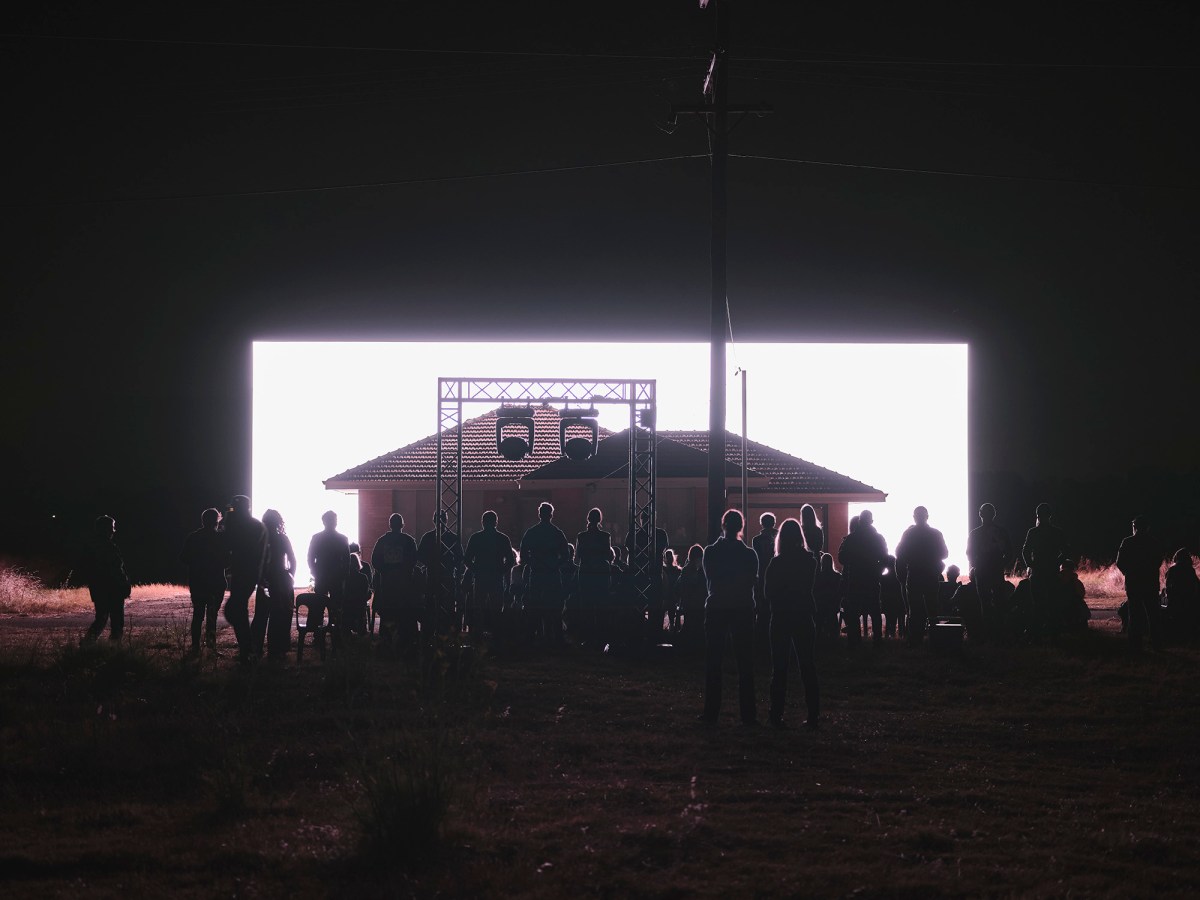The late French philosopher, Gaston Bachelard, once likened a house to a topographical map of a person’s intimate being, claiming that a building that had been experienced was more than just an inert box. Once a home has been inhabited it begins to naturally transcend the parameters of its own spatial geometry, as the occupant’s thoughts, feelings and memories gradually imprint onto the floors, walls and ceilings.
The tactile exchanges between doorknobs and kitchen cabinets, the smell of a laminate floor on a hot day, or the sound of rain pattering on a tin roof all become integral to how a building continues to be sensed and remembered. Human occupation breathes into the building a peculiar and inexplicable type of sentience one might say – a building with a soul.
Multi-disciplinary artist, Ian Strange, has long held a fascination with exploring the phenomenology of the built environment and archetypal home through complex suburban interventions that engage with local communities all over the world. In his latest project, Dalison, Strange has collaborated with American musician, Trevor Powers, to create a site-specific installation in response to a small, private residence in the once thriving WA community of Wattleup.
Undoubtedly one of his most unique, ambitious and research-dense works to date, Dalison offers a deeply moving and lamentable encounter with an outwardly prosaic brick and tile building living out its final days. Formerly referred to as a ‘hold out’ home, the house owned by the same family for more than two decades became one of hundreds of properties flagged for demolition after the state government claimed the area for industrial redevelopments. Despite the neighbouring homes gradually disappearing around them, the residents of number 20 Dalison Avenue chose to remain there up until recently.
Dalison is an 18-minute, single-channel film and intimate one-off live performance that is best described as a sombre spectacle and clever manipulation of saturated colour and light, designed to lead the audience on a journey through the life cycle of the Cukrov family home. Set against a 260-square-metre video screen, the building’s façade and material makeup is gradually revealed by a carefully choreographed sequence of impressive film and theatre lighting effects that fall in step with Powers’ experimental score.
Oscillating between light and complete darkness, the house is positioned as a temporal object operating within a state of contextual flux. There is an uncanny sense that the building is experiencing a form of out-of-body experience or perhaps even the subject of an after-life simulation, as the lights peel back layers of memories to reframe our relationship to it and imagine the mysteries contained within.
When the cameras are not shifting states – from silhouette to invisible to suspended in space – they are directed at a specific detail, such as a window or front entrance, lingering just long enough to trigger a sense of nostalgia, absence, and loss. At other times, the red lights and pinhole perspective create an eerie likeness to a forensic crime scene.
The otherworldly soundscape developed specifically to accompany the visual effects underscores the perceptual shifts to create a collective and hypnotic groundswell of deeply immersive and cathartic intervals. In tandem, Strange and Powers guide us beyond the building’s utilitarian facade to celebrate the small and humble textures that make up the home’s complex identity.
Read: Opera review: Lohengrin
As the scenes continue to unfold there is also a growing sense that this building is going to be taken away and that like a human life, its time on earth is fleeting. Strange refers to the project as a ‘eulogy for the house and the community it was once part of’, yet unlike humans, who memorialise their time on earth with shrines, gravestones and monuments, Dalison is a performative celebration of domestic oneiric spaces and a final salute to a dying home.
Dalison’s anticipated WA debut was screened earlier this year alongside six photographic works at the historic Naval Store in Fremantle. The screenings and exhibition will continue to travel around the East Coast before heading overseas with dates to be confirmed soon.
Dalison, by Ian Strange and Trevor Powers
Naval Store, Fremantle, Western Australia
Dalison was exhibited for one day only at the Naval Store on 5 March 2022.
It is set to tour to the east coast bot dates are yet to be confirmed.





